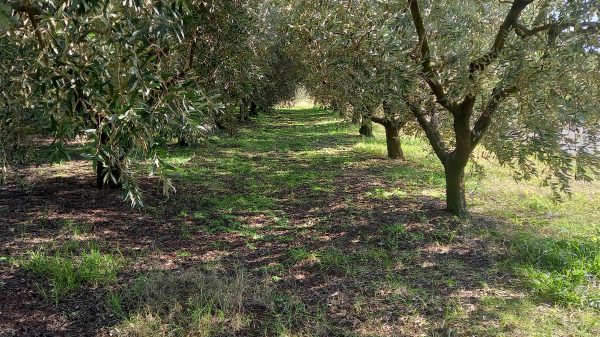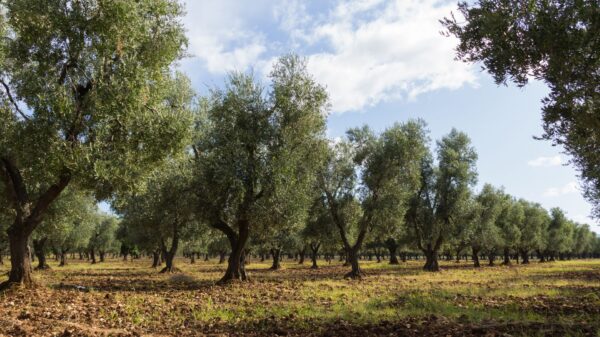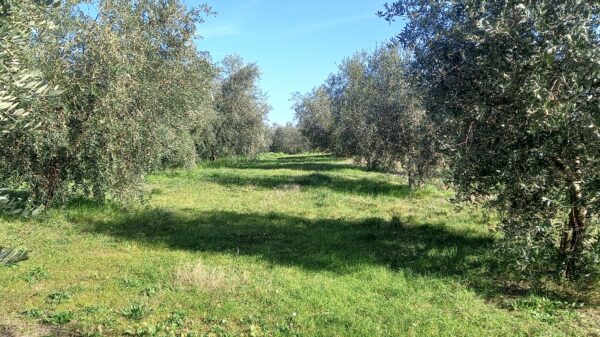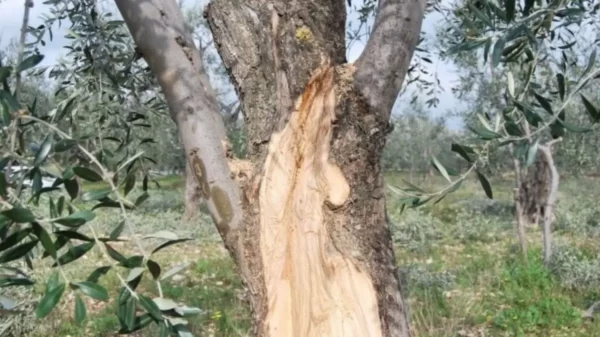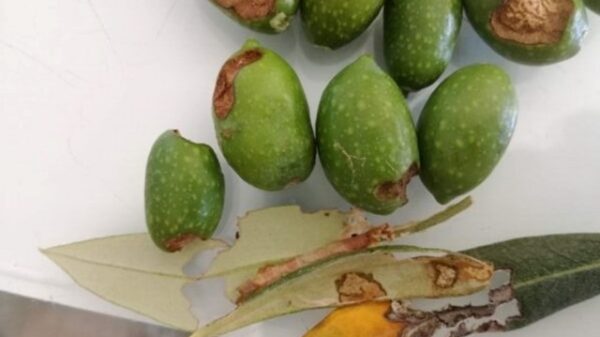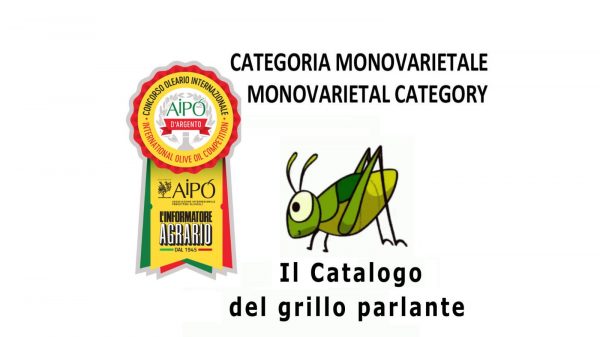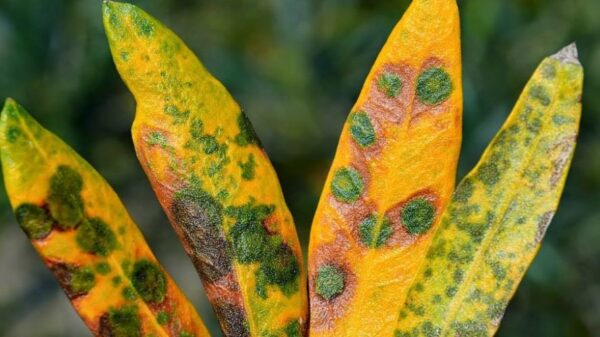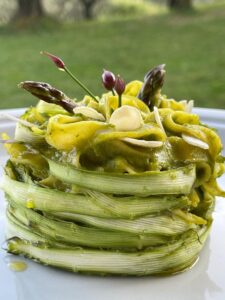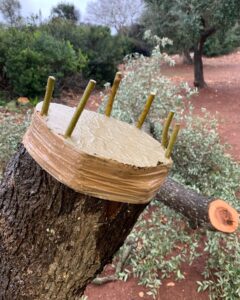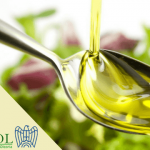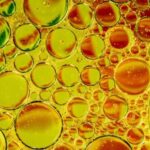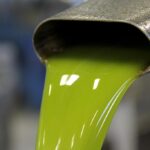Spring has started a few days ago and we are well aware that, alongside above-average temperatures, we will also have to deal with climatic contexts that could experience sudden cold outbreaks. These fluctuating climatic trends are a cause of stress for the olive trees, engaged in the enlargement and lengthening of the buds, in the emission of new shoots and leaves, which cause spring physiopathieswhich are manifested by:
1. a slowing down of the phenological phases, affecting flowering, which could delay and, consequently, reduce the times, with consequences of less fruit setting;
2. a low production of chlorophyll synthesis, therefore less formation of carbohydrates;
3. an imbalance in the synthesis of some fundamental phytohormones, such as gibberellins, which influence cell division and growth, regulate flowering; the cytokinins, in particular, which promote cell division and differentiation, stimulate the intake of nutrients and photosynthesis, induce the formation of shoots, increase the production of chlorophylls and photo-synthetic enzymes.
In essence, the unstable climate and sudden changes in temperature, which also follow dry winters, could lead olive trees to symptoms of "non-infectious changes in spring". For this, it becomes important support plants with nutritional reinforcements and the use of tonics, which stimulate the plant to vegetate, favoring a rapid recovery, so that the plant maintains photosynthetic vitality and favors the production of enzymes and hormones.
Symptoms of spring noninfectious changes or spring physiopathies – The main symptoms of spring physiopathies concern the leaves, which discolour at the tips and margins, later yellowing includes the whole leaf, which dries up and falls off. It is easy to mistake these symptoms for "potassium deficiency", since they look alike, it is possible that they overlap.
How to intervene – There is no single and decisive solution for these problems, it is necessary to focus on both fertilizers and invigorating substances, which favor the assimilation of nutrients within the plant, correct situations of deficiency and, if necessary, stimulate the metabolism of the plants themselves .
As fertilizers it is possible to use products containing organic nitrogen and amino acids, also coming from contents of vegetable origin, such as algae and plant or animal residues. The efficacy of these products is influenced by their origin matrix and by the systems with which they were obtained.
As corroborants it is possible to use wood distillates and their phenolic compounds or mixtures containing microelements, such as copper, zinc, boron.
It is important, both for fertilizers and for corroborants, that they are easily absorbed by the plants, that they help to overcome physiological fatigue, also because soon we will have the emission of little fingers which must be supported to increase the productive potential of the plant. The doses vary according to the commercial product, they can be distributed both on the ground and with foliar treatment.
AIPO Director
Interregional association
olive producers

